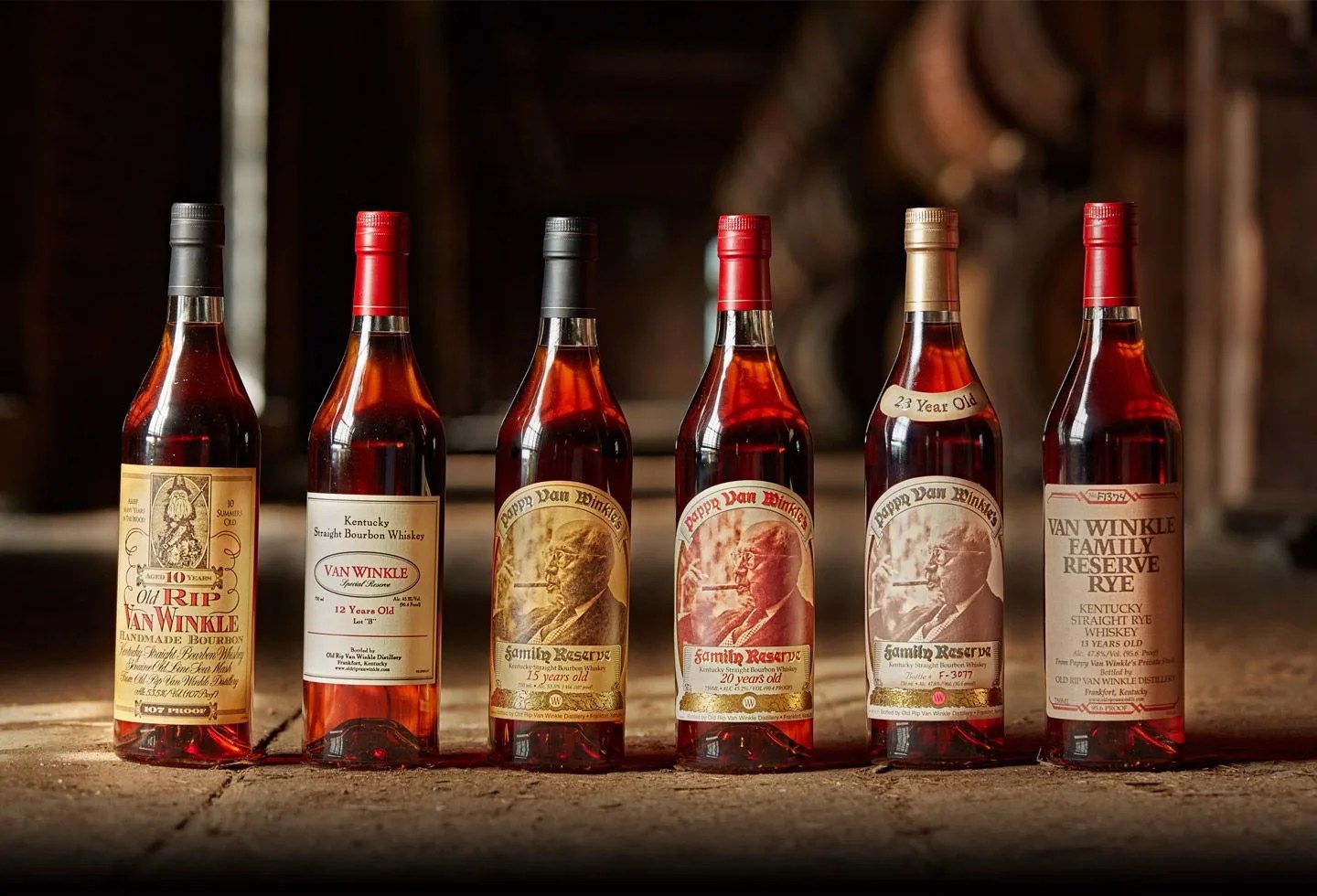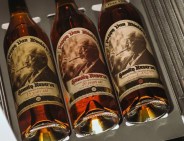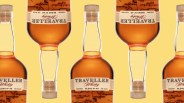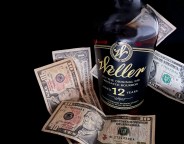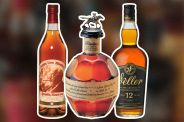No brand is more associated with the 21st-century bourbon boom than Pappy Van Winkle. Over the past decade-plus, bourbon popularity has exploded, with hype driving market prices for many bottles to sometimes ridiculous levels. Pappy Van Winkle is the most obvious example of the trend. Expensive whiskey to begin with, Pappy’s priciest bottle — the 23-year — has an SRP of $300. The current average market price? $6,525. Even the ostensibly affordable Pappy, the $70-stickered 10-year-old bourbon, goes for an average of $1,143 in the real world.
Those prices are, frankly, insane. If you talked to someone from Buffalo Trace Distillery, which distills Pappy these days, they’ll tell you the same. (The brand’s standard reply, generally, is that it prices its whiskeys at the number it feels customers should pay for them and disavows the activity of the secondhand market and flippers.)
We have written a lot about the history of Pappy Van Winkle, how it’s produced today, how to actually go about purchasing it, and so on (for a deep dive into all that, read this). But one thing we haven’t done is examine the why. What is it about Pappy Van Winkle that has turned it into the ultimate unicorn of the bourbon world? Obviously, it’s great bourbon (and rye), but there are a lot of great bourbons out there. Why do people seem to love Pappy Van Winkle so damn much?
To find out, I reached out to four different whiskey experts from across the spectrum — a whiskey journalist, a whiskey educator, a whiskey curator and a whisky brand ambassador — to get their unique takes on what it is about Pappy that has managed to capture the whiskey-loving public’s attention like no other label. Here’s what they said.
Brad Japhe — writer, whiskey expert and Kentucky Colonel
“As a brand, Pappy has so much going for it. Not the least of which is that it has a cool name that screams heritage and folksiness. It also happened to be at the right place at the right time, capturing the imagination of connoisseurs at the precise moment when the very concept of luxury bourbon was being birthed. But all this takes a backseat to the quality of the liquid behind the label. And it’s important to note that when it comes to Pappy, the source of that liquid has shifted.
“Nothing in the bottle today comes from the legendary Stitzel-Weller facility, which continued to fuel the brand for years after it shuttered in 1992. Today, it all comes from Buffalo Trace Distillery, a modern legend in its own right. So whether you love it or leave it, at least acknowledge that the whiskey has necessarily evolved over the years. The through-line is that Pappy continues to be a wheated bourbon. And if that’s the specific profile you’re into, it undoubtedly remains one of the most compelling ways to wet your whistle.”

